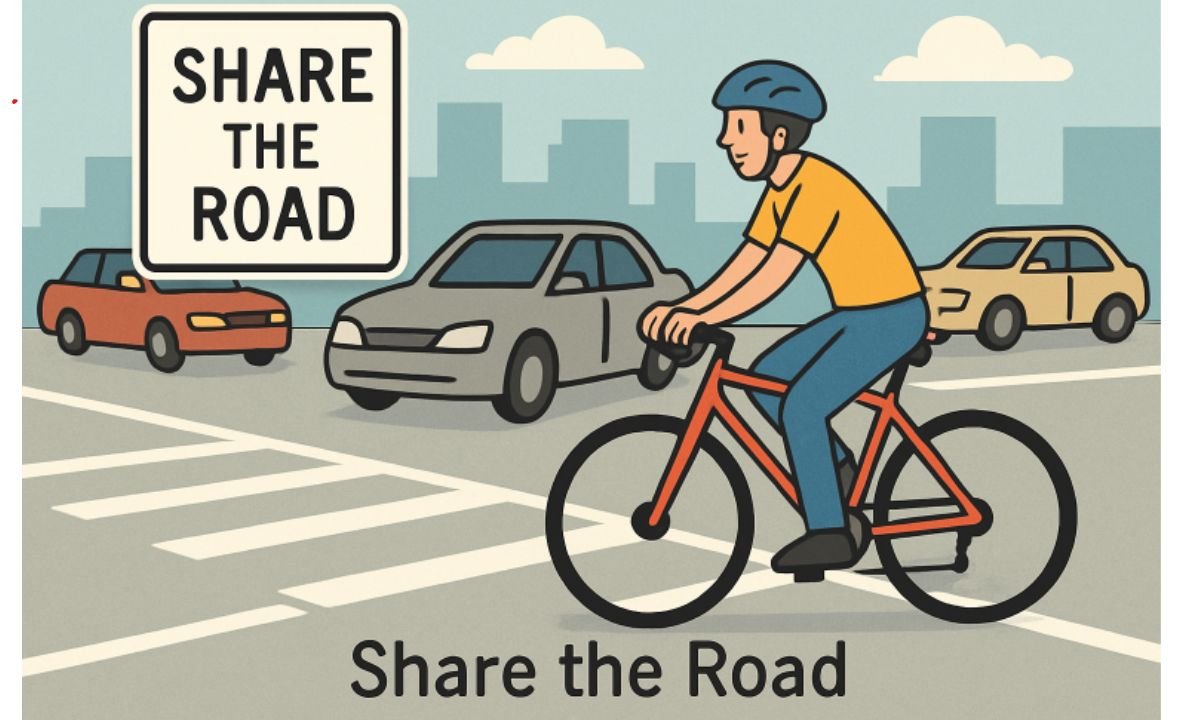Key Takeaways
- Gain awareness of the most common collision scenarios cyclists face.
- Adopt practical strategies and behavior changes to reduce risk.
- Respect and understand local laws, traffic patterns, and cyclist rights to maximize safety.
Bicycling is a sustainable and invigorating way to commute, exercise, and discover new places. Although cyclists enjoy the benefits of fresh air and physical fitness, sharing the road with vehicles and navigating urban landscapes carries distinct risks. Understanding typical accident scenarios can empower cyclists to make proactive safety decisions. If you find yourself in a complex or dangerous situation after a crash, consulting a legal professional such as https://lawbike.com/bike-injury-lawyer-attorney/ can help protect your rights and ensure proper steps are taken.
By staying vigilant and adhering to best practices, cyclists can significantly reduce the risk of injury. This article highlights the most frequent accident situations and offers comprehensive safety solutions for each. Arming yourself with this knowledge not only keeps you safer on your ride but also contributes to a more harmonious relationship with motor vehicle traffic.
Intersection Collisions
Intersections are highly hazardous for cyclists, often due to drivers failing to see or miscalculating speed. To avoid accidents, cyclists should maintain cautiousness and proactivity. Eye contact, clear hand signals for turning or stopping, and slow down and prepare to stop, even when using a green light or designated crossing.
Dooring Incidents
Urban street parking poses a threat to cyclists, as dooring accidents occur when drivers or passengers open their doors directly into their path, causing significant injuries. To prevent these accidents, maintain distance from parked cars, look for vehicle lights or visible movement, and encourage the “Dutch Reach” method, where drivers open doors with their far hand.
Right-Hook Accidents
Right-hook accidents occur when a car makes a right turn across a cyclist’s lane, often near intersections and driveways. To avoid these accidents, avoid lingering in vehicle blind spots, signal your intentions early, and anticipate that a right-turning vehicle may not see you. Adjust your speed or trajectory to avoid impact.
Rear-End Collisions
Cyclists face significant danger from collisions involving vehicles, especially in poor lighting or inclement weather. To reduce this risk, cyclists should wear bright, reflective clothing, use blinking lights, and ride predictably, avoiding sudden lane changes that may startle motorists.
Sideswipes
Sideswipe accidents occur when drivers pass cyclists too closely, causing them to lose balance or collide with obstacles. These accidents are common on narrow roads or due to a lack of bike lanes. To avoid these accidents, prefer bike lanes or broad shoulders, assertively take the lane if unavailable, and be conscientious of moving vehicles. Staying updated on state bike laws, such as leaving at least three feet of space when overtaking cyclists, is crucial.
Poor Road Conditions
Cyclists face hazards like potholes, loose gravel, and debris, which can cause sudden loss of control or tire blowouts. To avoid these hazards, constantly scan the road, keep tires inflated, and regularly inspect your bike for wear or damage. Report dangerous conditions or debris to local authorities for assistance.
Riding Against Traffic
Riding against the direction of traffic is a dangerous misconception among cyclists, increasing accident risk due to motorists not anticipating oncoming bikes. To avoid accidents, always ride with traffic flow in designated bike lanes or on the right side of the road, obey all signals and signs, and use explicit signaling and proper lane positioning.
Distracted Riding
Distraction during cycling can be a significant challenge, particularly with the use of smartphones and music. To avoid hazards, keep devices secure and out of reach. Leave both ears unobstructed for traffic and emergency signals. Regularly check your environment. Staying alert, prepared, and knowledgeable about road rules significantly reduces the risks associated with urban and suburban cycling. Prioritizing safety and preparedness before each ride is the most effective way to protect yourself and others on the road.
Staying Safe on the Road
Cycling presents a variety of risks, including intersection collisions, dooring incidents, poor road conditions, and distracted riding. Awareness, proper signaling, and adherence to traffic laws are essential for reducing these hazards. Maintaining a safe distance from vehicles, wearing bright and reflective gear, using bike lanes when available, and staying alert to environmental conditions all contribute to safer rides. By prioritizing vigilance, preparation, and responsible cycling habits, riders can significantly lower the risk of accidents, ensuring a safer and more enjoyable experience for themselves and the community.
YOU MAY ALSO LIKE: Truck Accident Attorneys: Managing Difficult Cases Easily

